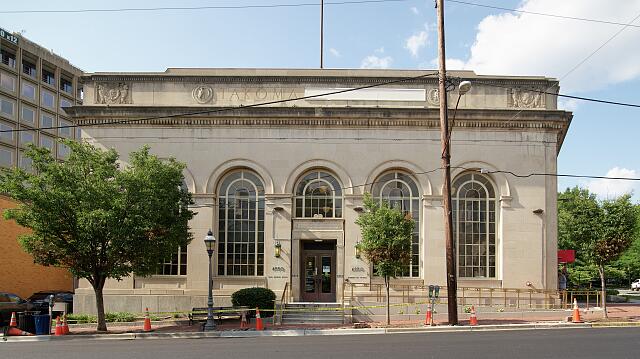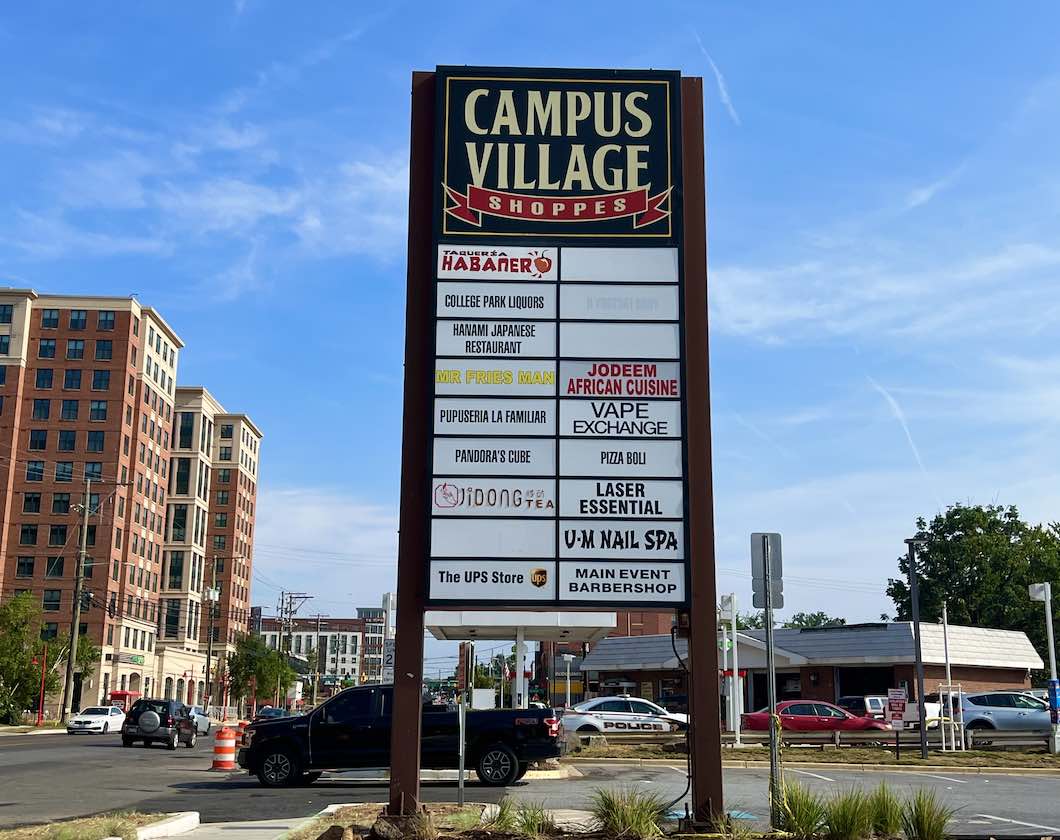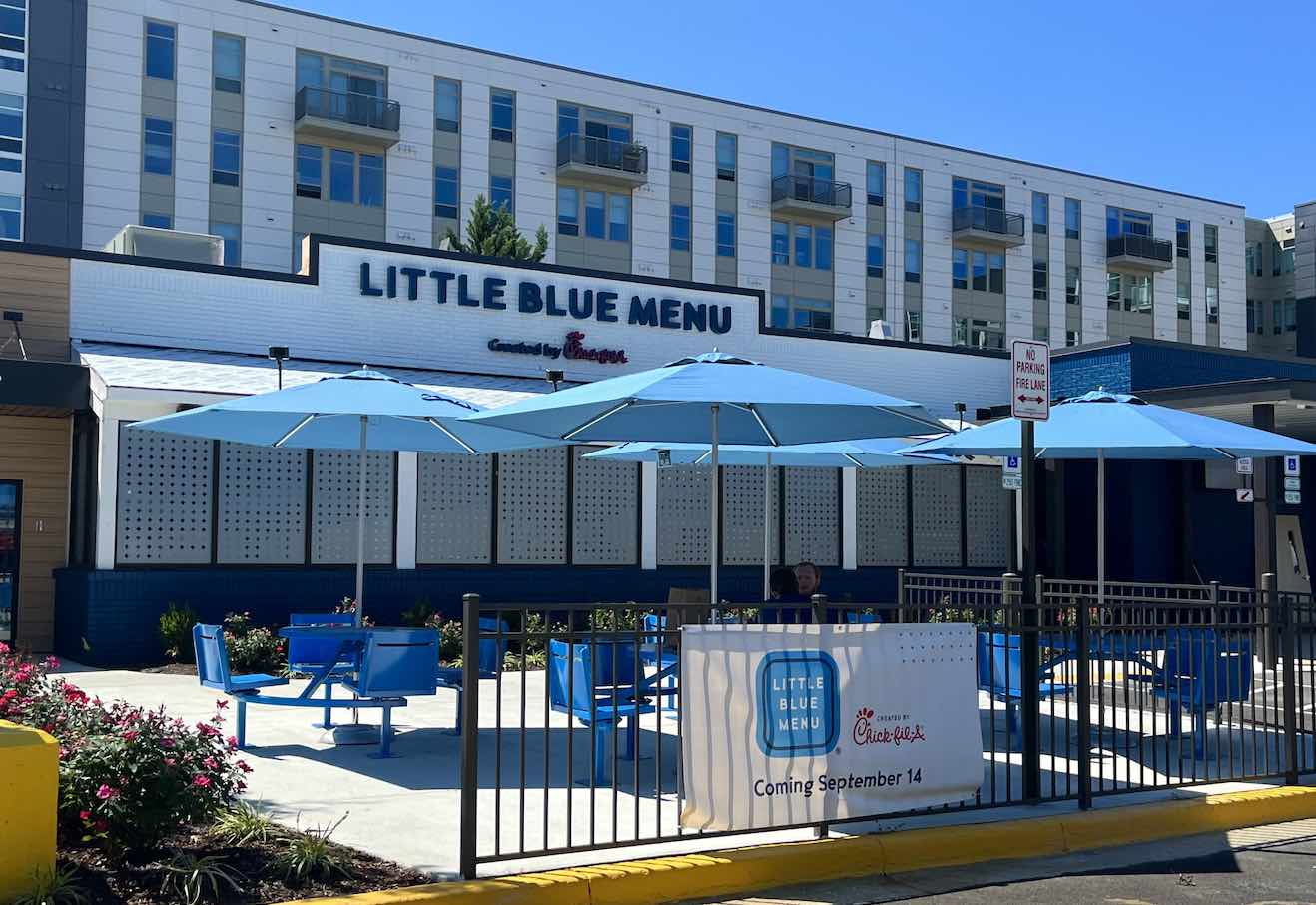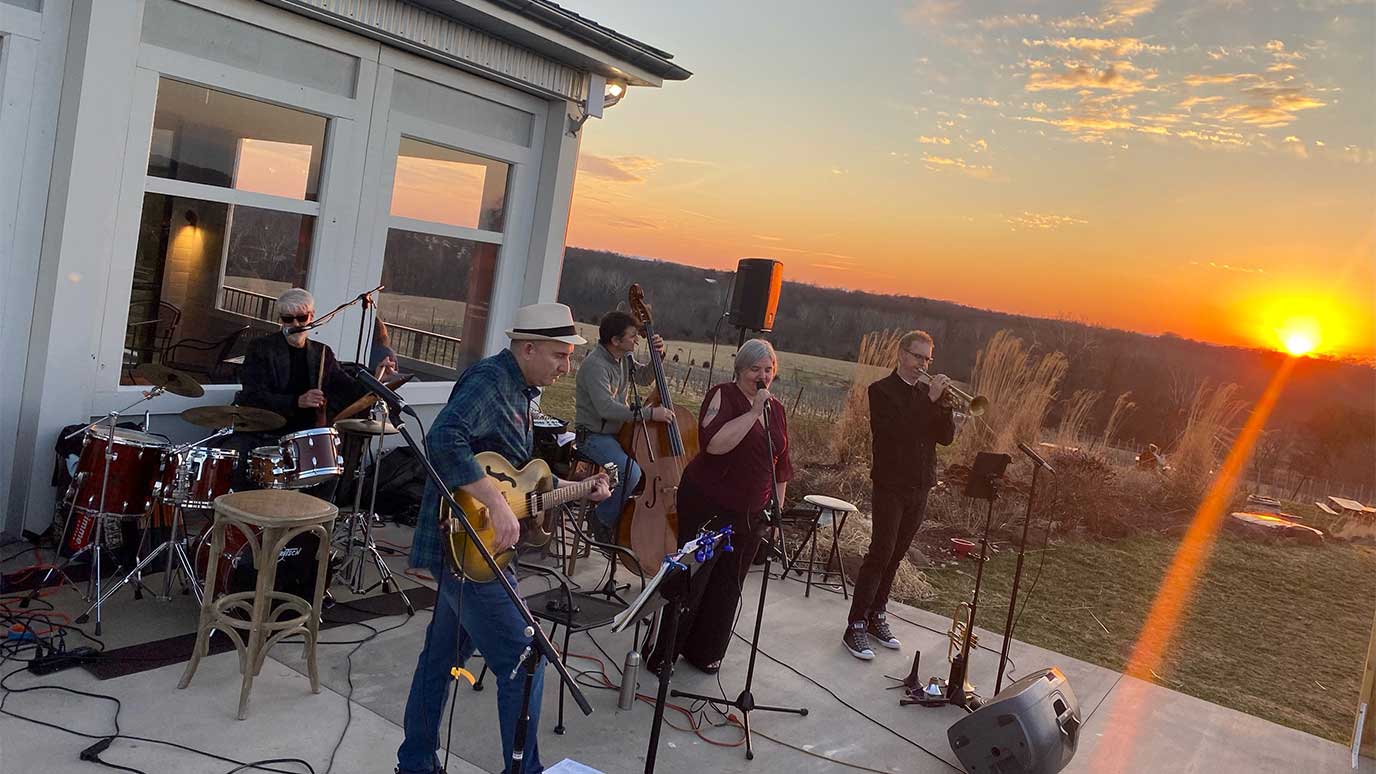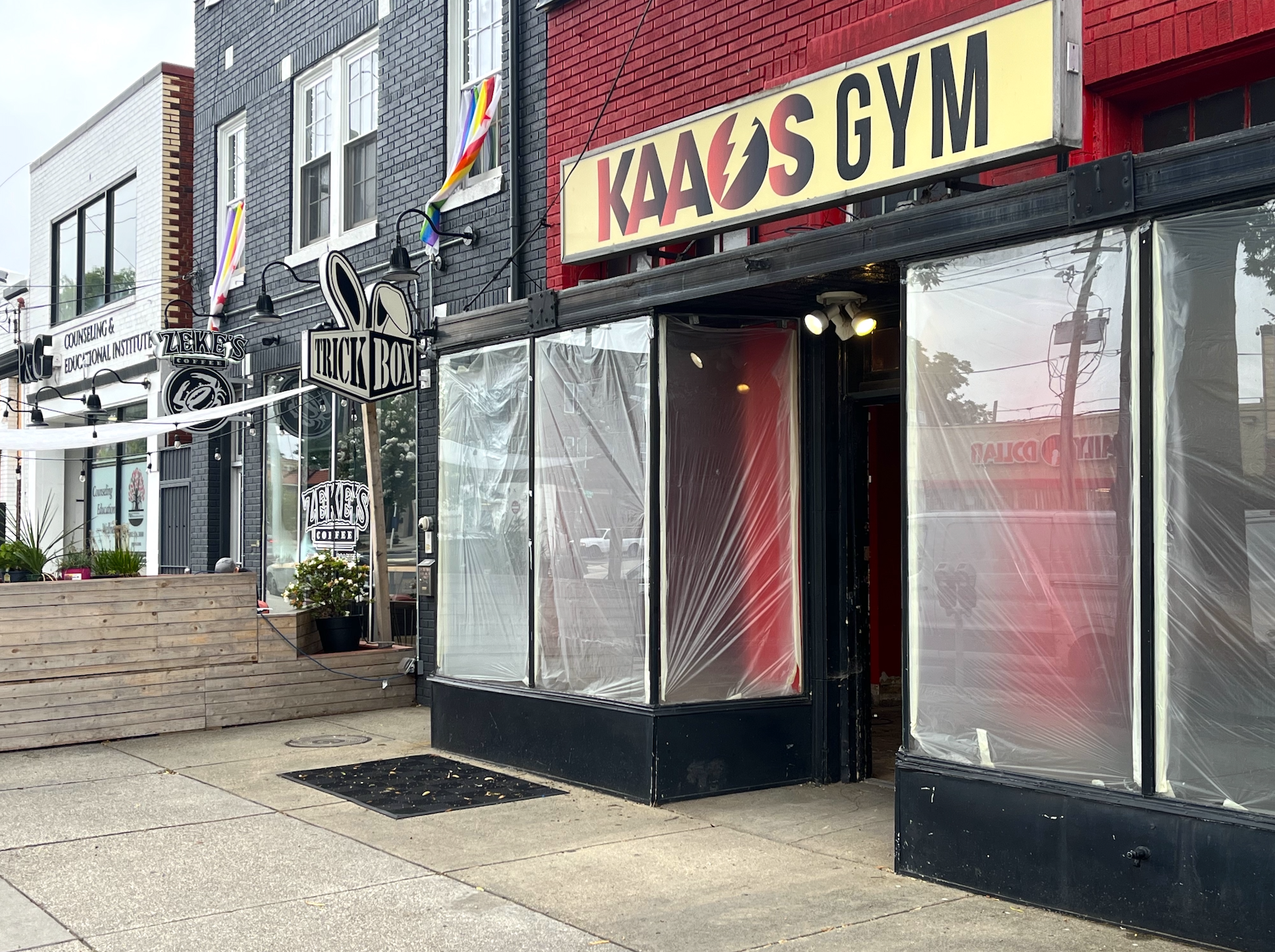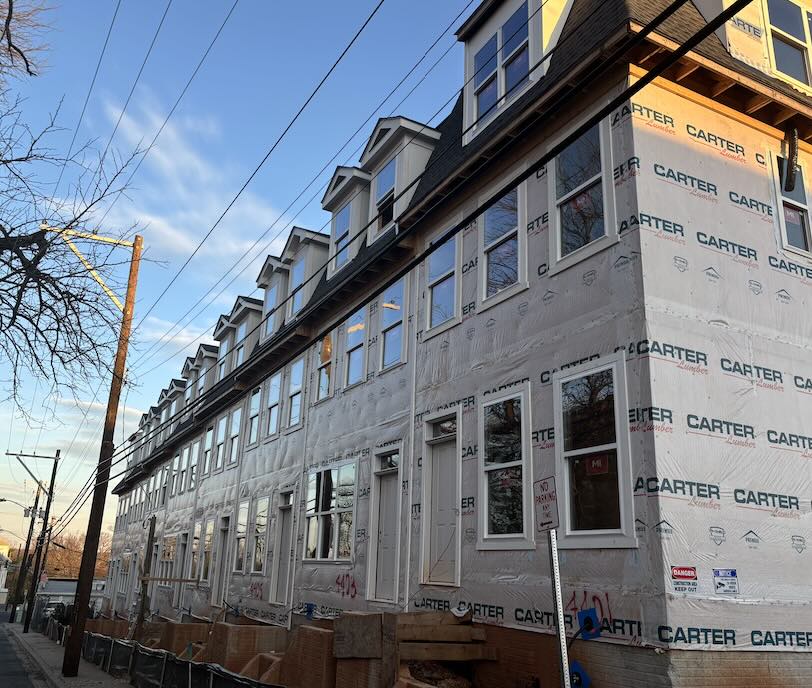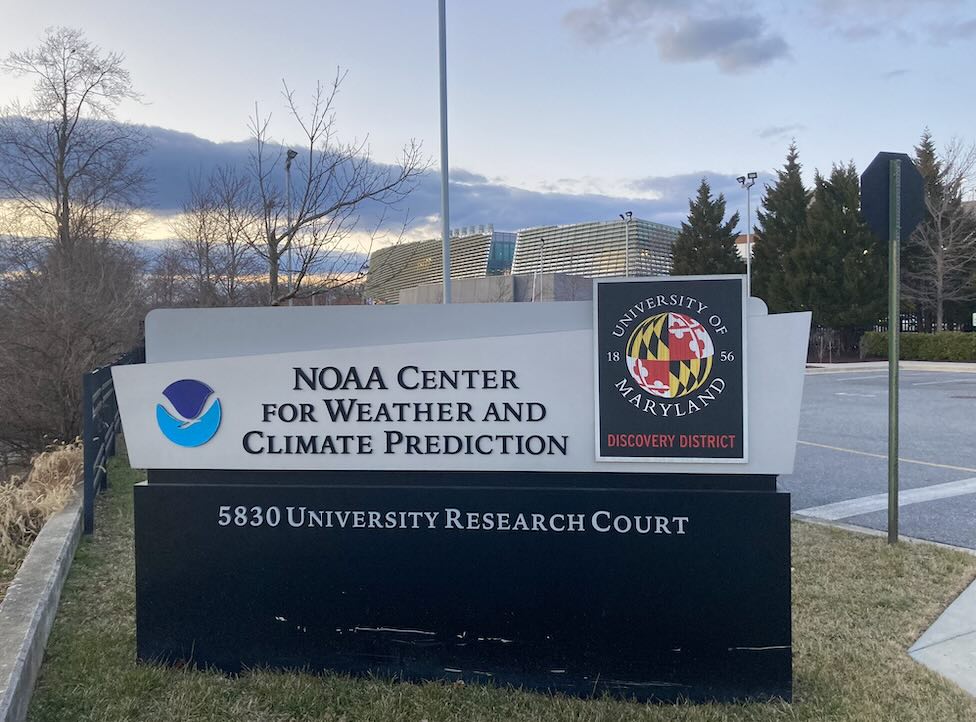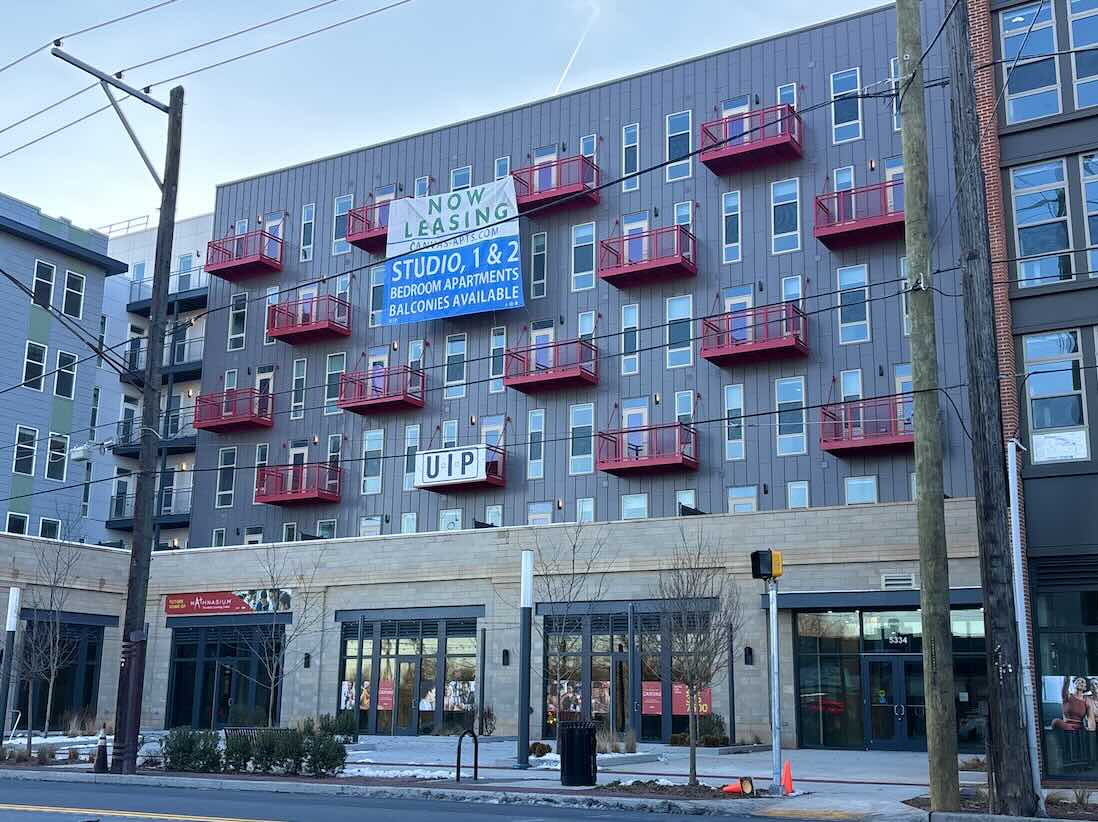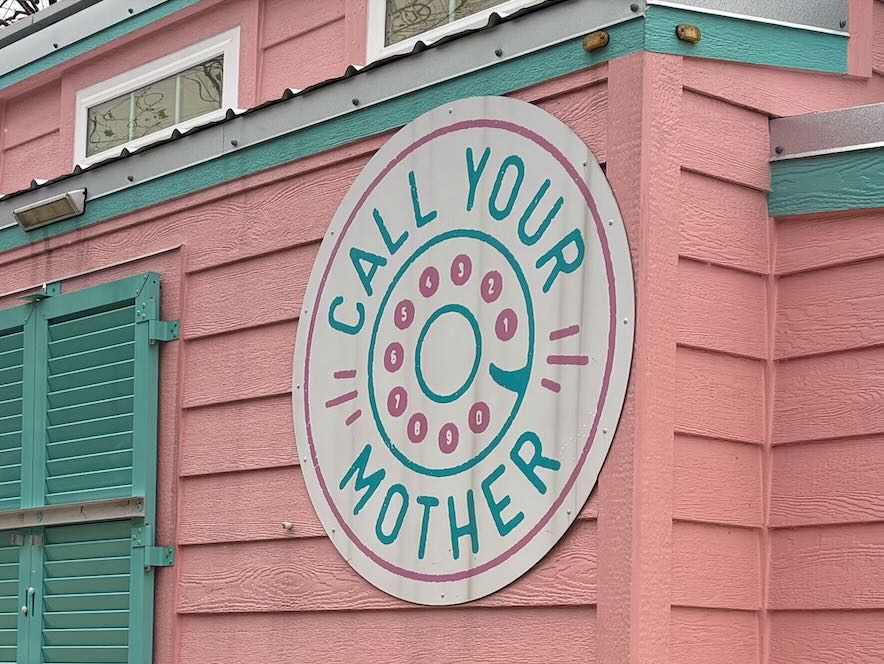Route 1’s Sangfroid Distilling is planning a major expansion in Takoma Park.
The Hyattsville distillery, which makes craft brandy, whiskey and Dutch-style gin, will open a larger space at 6950 Carroll Ave., former home to a Bank of America branch.
Co-owners Jeff Harner and Nate Groenendyk told the Hyattsville Wire that the neoclassical building, which dates back to 1927, is perfect for a large-scale production facility that will allow them to dramatically increase production.
The new building has about 4,500 square feet on the main floor and a similar amount of space in the basement, compared to their current Hyattsville building’s 1,000 square feet.
The new space will also have a cocktail bar, much like the tasting room at their current facility at 5130 Baltimore Ave. in Hyattsville, which will remain open.
“We hope to start renovations early next year, once we have our building permits. Our best bet is that it will be spring or summer 2025, but we’ve grown accustomed to construction delays,” Harner told the Wire.
He said they’ve already gotten approval from Montgomery County’s Historic Preservation Commission for an exterior addition on the rear of the building and restoring some street-facing windows that were removed for ATMs.
The two are also thinking of finding ways to add food to the menu.
“Our state permit allows caterers (including food trucks) to operate on the premises of the distillery, and with an ample-sized parking lot attached to the building, we’ll be able to take advantage of that,” Harner said.
Support the Wire and Community Journalism
Make a one-time donation or become a regular supporter here.





